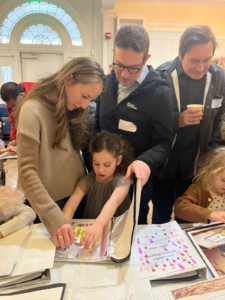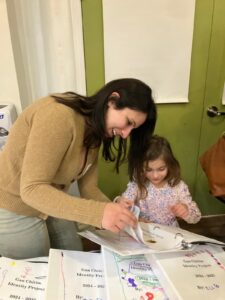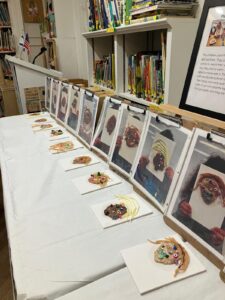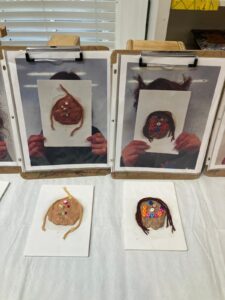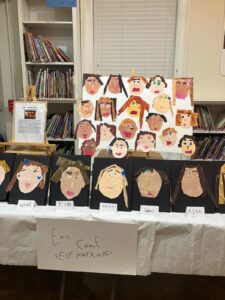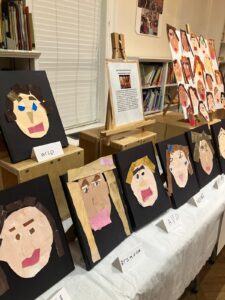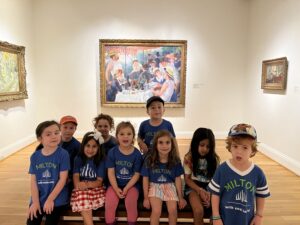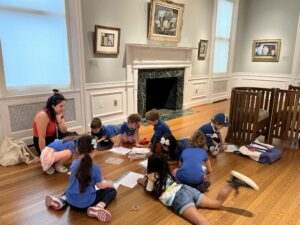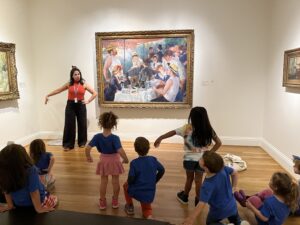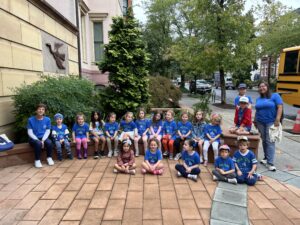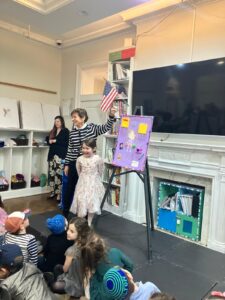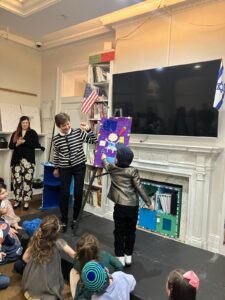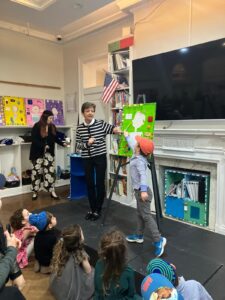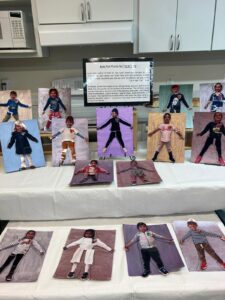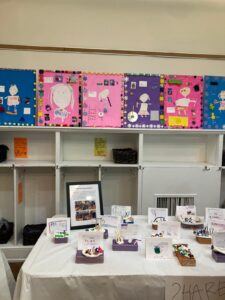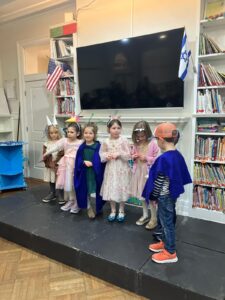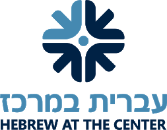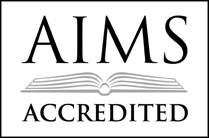Pre-K Students Study Identity
January 29, 2025 by
On Friday, January 17, family members of our Pre-K class gathered to celebrate their children’s learning. Throughout the morning, students shared what they had learned and done from August through January, from Hebrew and Judaics to general studies. This Chagigat Halomedim, or celebration of learning, largely featured the students’ year-long study of identity. As Pre-K teacher Lisa Davis explained to families, students focused on and learned to articulate both the visible and the invisible parts of their identities; their physical appearance, as well as their interests, abilities, likes, families, and more. They considered how they are alike, how they are different, what makes them unique, and how they can express their thoughts and identities through art and writing.

